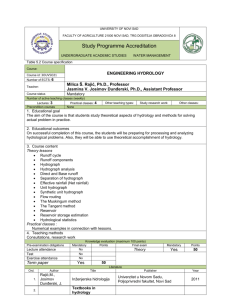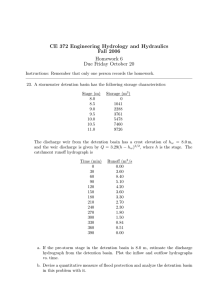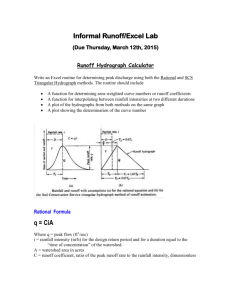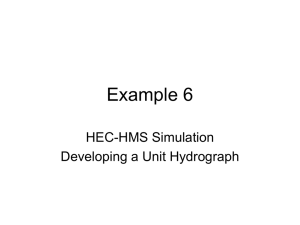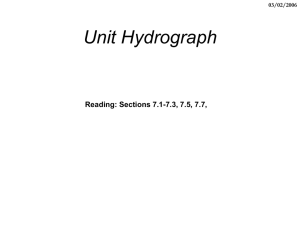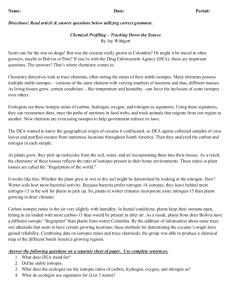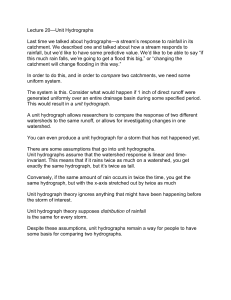Factors influencing the quality of isotope
advertisement
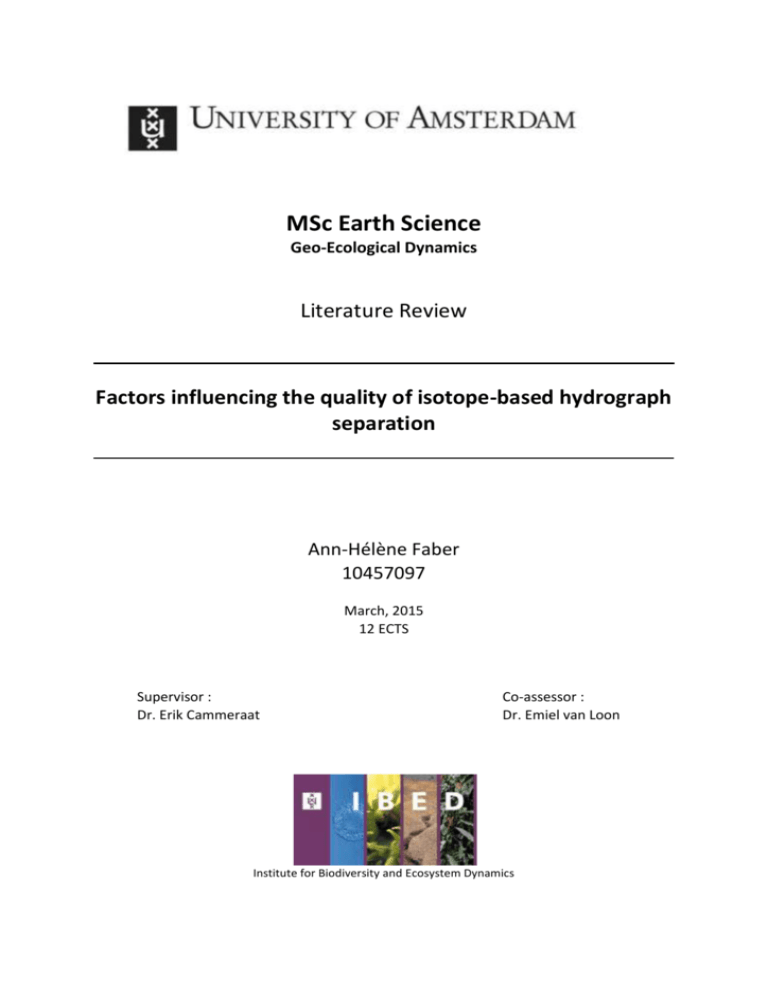
MSc Earth Science Geo-Ecological Dynamics Literature Review Factors influencing the quality of isotope-based hydrograph separation Ann-Hélène Faber 10457097 March, 2015 12 ECTS Supervisor : Dr. Erik Cammeraat Co-assessor : Dr. Emiel van Loon Institute for Biodiversity and Ecosystem Dynamics Abstract Isotope–based hydrograph separation is an adequate tool to study runoff generation during storm events. The use of stable water isotopes is based on a mass balance approach to separate the different components of runoff. Isotope-based hydrograph separation is however source of various limitations and uncertainties. There are limitations related to the assumptions of the mass balance approach regarding isotopic variability and choice of runoff components. However, there are ways to minimize these uncertainties by looking into factors influencing the quality of hydrograph separation. The technical advancements of measuring stable isotopes (spectrometry) in water allow for oxygen and hydrogen isotopes to be measured simultaneously, directly in the field. Oxygen and hydrogen isotopes do not necessarily provide redundant information, making it important to record both isotopic data. Isotopic variation of precipitation, groundwater and runoff, and the choice of runoff components provide information on reducing limitations related to the mass balance equation. Performing a geochemical hydrograph separation together with an isotope-based HS provides information on the dominant flow pathways. Electrical conductivity is a good alternative to stable isotopes and can be easily measured in a continuous way. The assumptions related to the mass balance equation might be limiting in application but there are measures that can be taken to reduce these limitations by appreciating all the processes and interactions occurring at a given study location and incorporating them into the theoretical and experimental setup. 2
